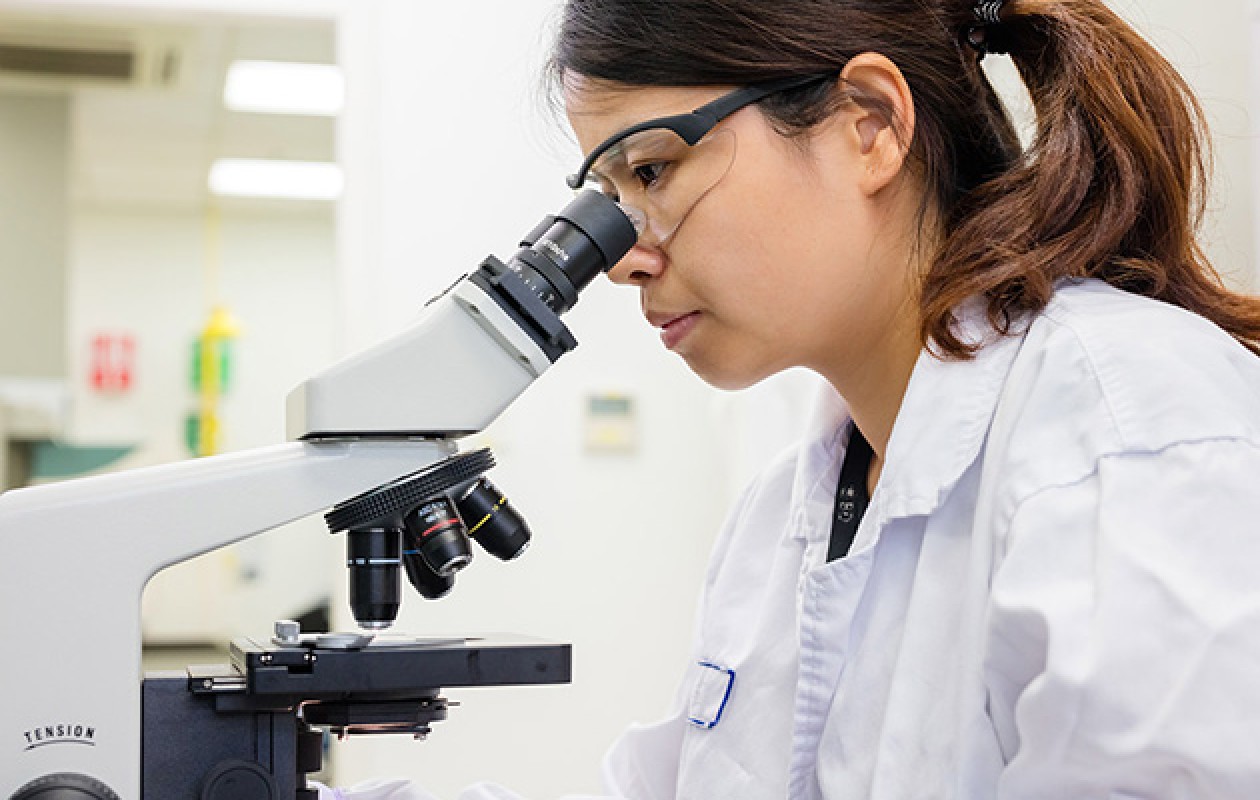Discover the simplest way to process self-collected HPV samples with BD COR™ System Learn more
Cervical cancer screening solutions helping you stay ahead of the curve | BD
Cervical cancer is the 4th most common cancer among women* in the world.1
In 2022
660,000
estimated new cases
350,000
estimated deaths

The cervical cancer landscape is evolving.
More than 95% of cervical cancers are due to the human papillomavirus (HPV).2 There are 12 different high-risk HPV genotypes that have been identified as oncogenic and are associated with varying risk for development of cervical precancer and cancer.3
The goal of cervical cancer screening is to prevent cervical cancer by identifying women with precancerous lesions or at risk of precancerous lesions that may progress to cervical cancer if left untreated.4
There are three common cervical cancer screening paradigms – HPV primary screening, co-testing and cytology primary screening – that can find cervical cancer precursors before they become cancer, but HPV primary screening is the most accurate and reliable.4-8
Therefore, the new international guidelines now recommend HPV testing as the primary method for cervical cancer screening.4
Imperfect HPV vaccination coverage leaves many women at risk.
While HPV vaccination changed the landscape, HPV vaccine uptake and global immunisation programmes vary a lot across European countries and cervical cancer screening remains an essential tool to protect women against cervical cancer.4,9
Global organisations aim to eliminate cervical cancer as a public health problem by 2030.
In 2020, the WHO issued a strategy to eliminate cervical cancer as a public health problem by 2030, stressing out the importance of vaccination, screening and treatment of precancerous lesions.15
“All European nations should, by 2030, reach at least 90% HPV vaccine coverage […], achieve 70% of screening coverage […], and manage 90% of screen-positive women.” The European response to the World Health Organization (WHO) call to eliminate cervical cancer as a public health problem, 2021.5
We are deeply committed to help the community achieve this goal because we believe that every woman deserves to have access to cervical cancer screening and appropriate patient management.
We partner with you by providing:
ASC-US, atypical squamous cells of undetermined significance; HPV, human papillomavirus; hr, high-risk; Pap, Papanicolaou; WHO, World Health Organization.
1. World Health Organization. Global Cancer Observatory. Available at: https://gco.iarc.fr. Accessed on May 30, 2024.
2. World Health Organization. Cervical cancer. Last updated 22 Feb 2022. Accessed 3 Jun 2022. Available at: https://www.who.int/news-room/fact-sheets/detail/cervical-cancer.
3. ICO/IARC Information Centre on HPV and Cancer (HPV Information Centre). Human Papillomavirus and Related Diseases in Europe. Summary Report. 2021.
4. World Health Organization. WHO Guideline for Screening and Treatment of Cervical Pre-Cancer Lesions for Cervical Cancer Prevention – Second Edition. 2021.
5. Arbyn M et al. Int J Cancer. 2021;148(2):277–84.
6. Marth C et al. Ann Oncol. 2017;28(Suppl 4):iv72–iv83.
7. Maver PJ and Poljak M. Clin Microbiol Infect. 2020;26(5):579–83.
8. Lozar T et al. Int J Womens Health. 2021;13:841–59.
9. European Centre for Disease Prevention and Control. Guidance on HPV vaccination in EU countries: focus on boys, people living with HIV and 9-valent HPV vaccine introduction. 2020.
10. Hansen PR et al. Vaccine. 2020;38(7):1842–8.
11. Boseley S. Half of new parents shown anti-vaccine misinformation on social media – report 2019. Last updated 24 Jan 2019. Accessed 3 Jun 2022. Available at:
https://www.theguardian.com/society/2019/jan/24/anti-vaxxers-spread-misinformation-on-social-media-report.
12. European Cancer Organisation. The Impact of COVID-19 on Cancer in Europe: The 7-Point Plan to Address the Urgency and Build Back Better. 2020.
13. Wentzensen N et al. Prev Med. 2021;151:106596.
14. Massad LS. BJOG. 2022;129(7):1140.
15. World Health Organization. Global Strategy to Accelerate the Elimination of Cervical Cancer as a Public Health Problem. 2020.



























